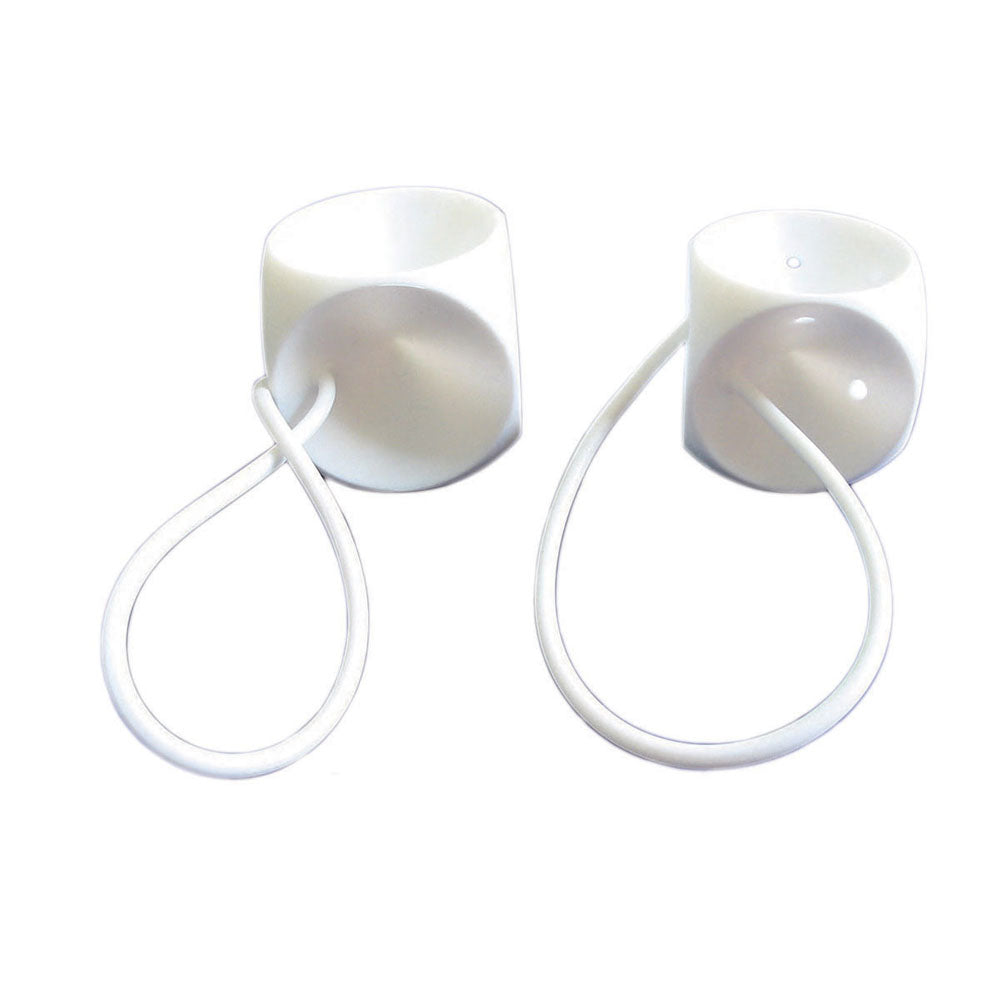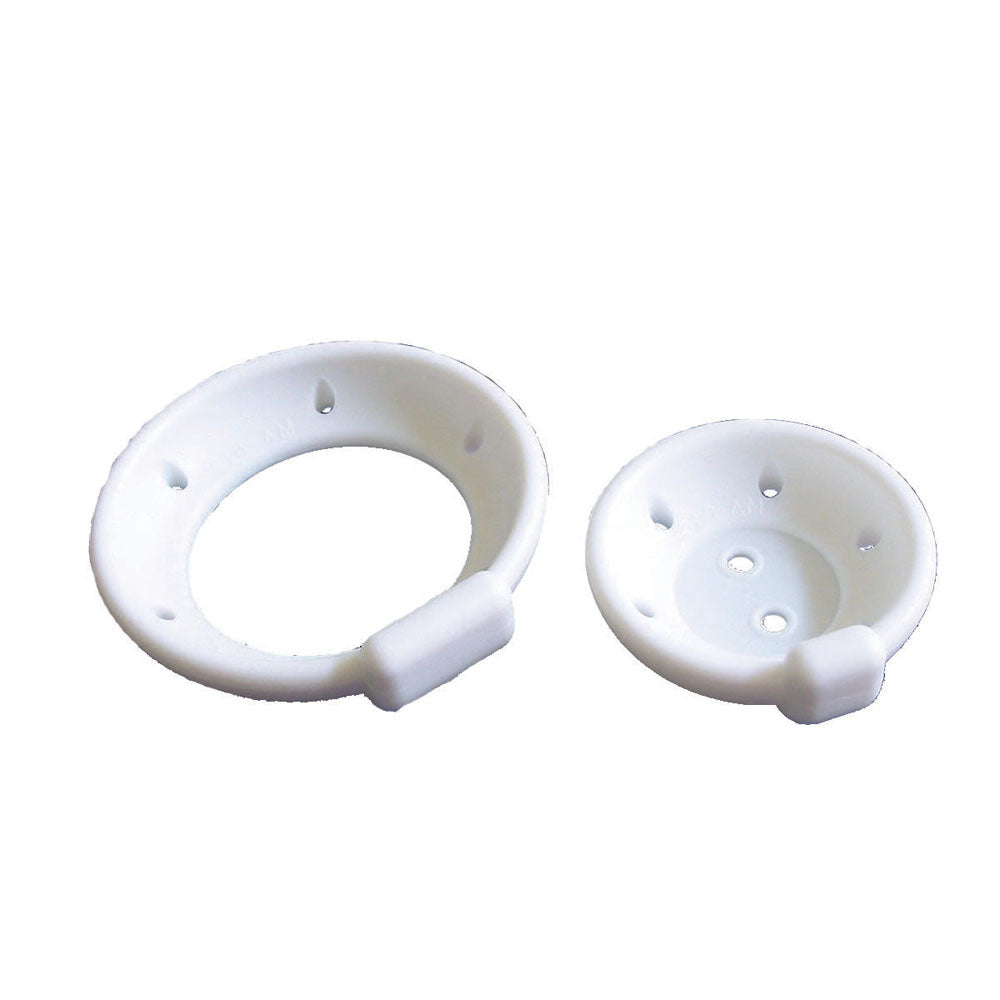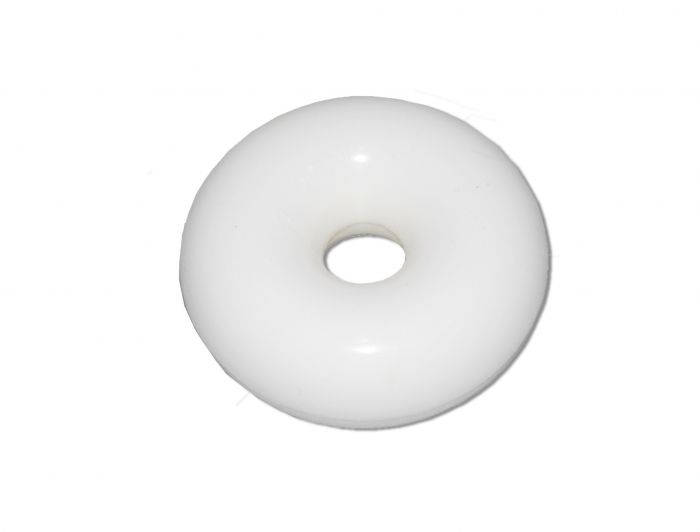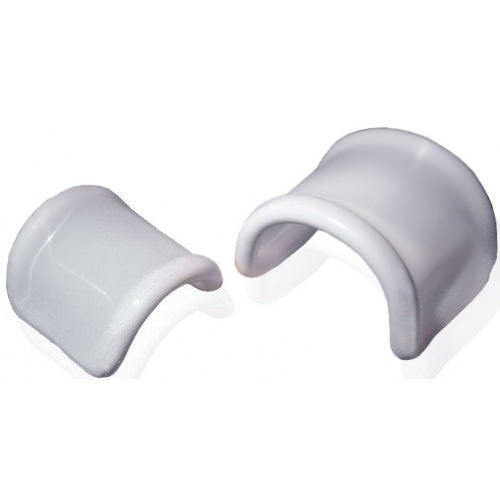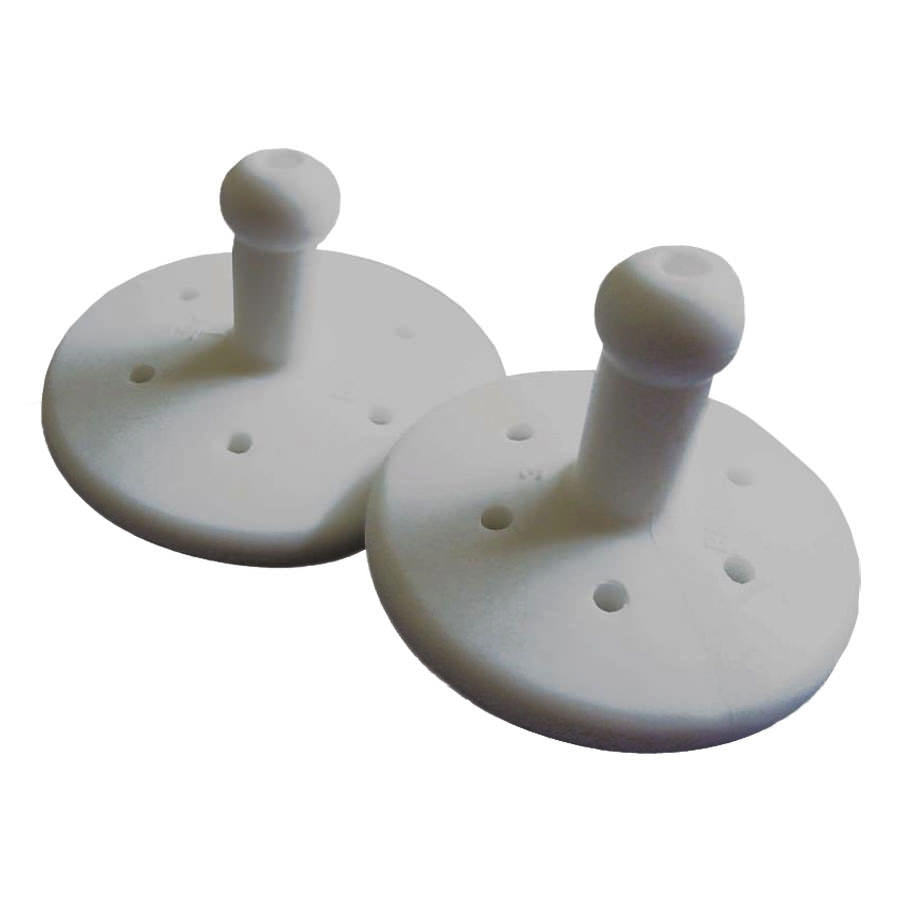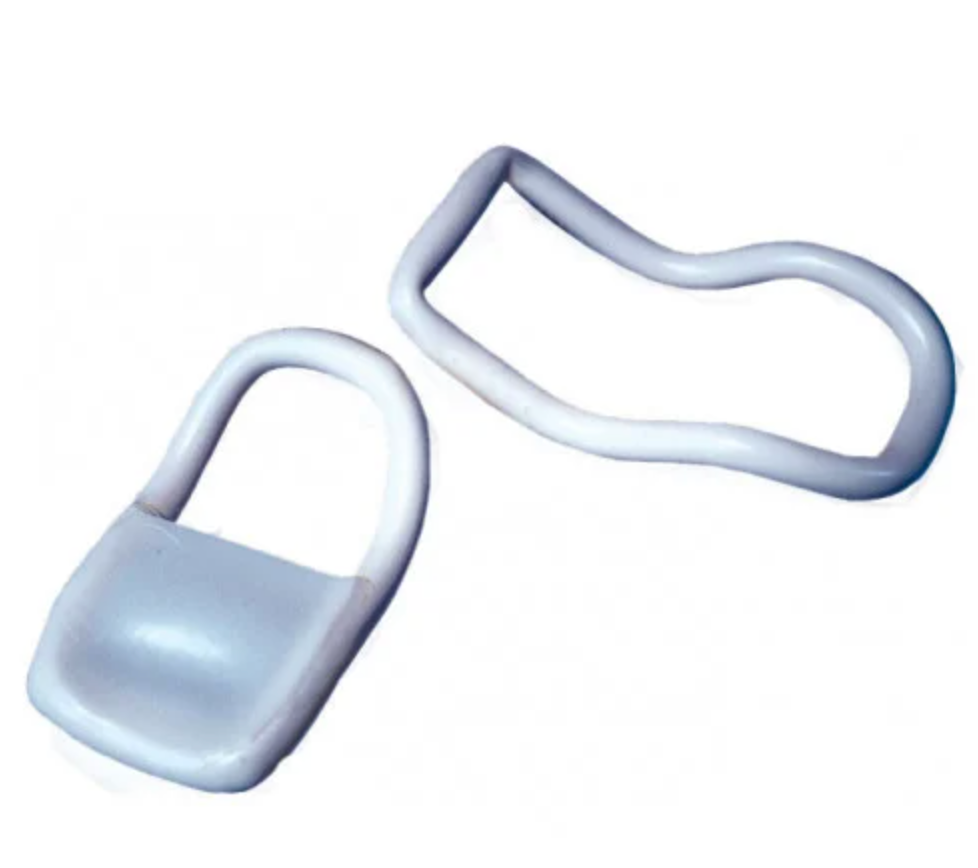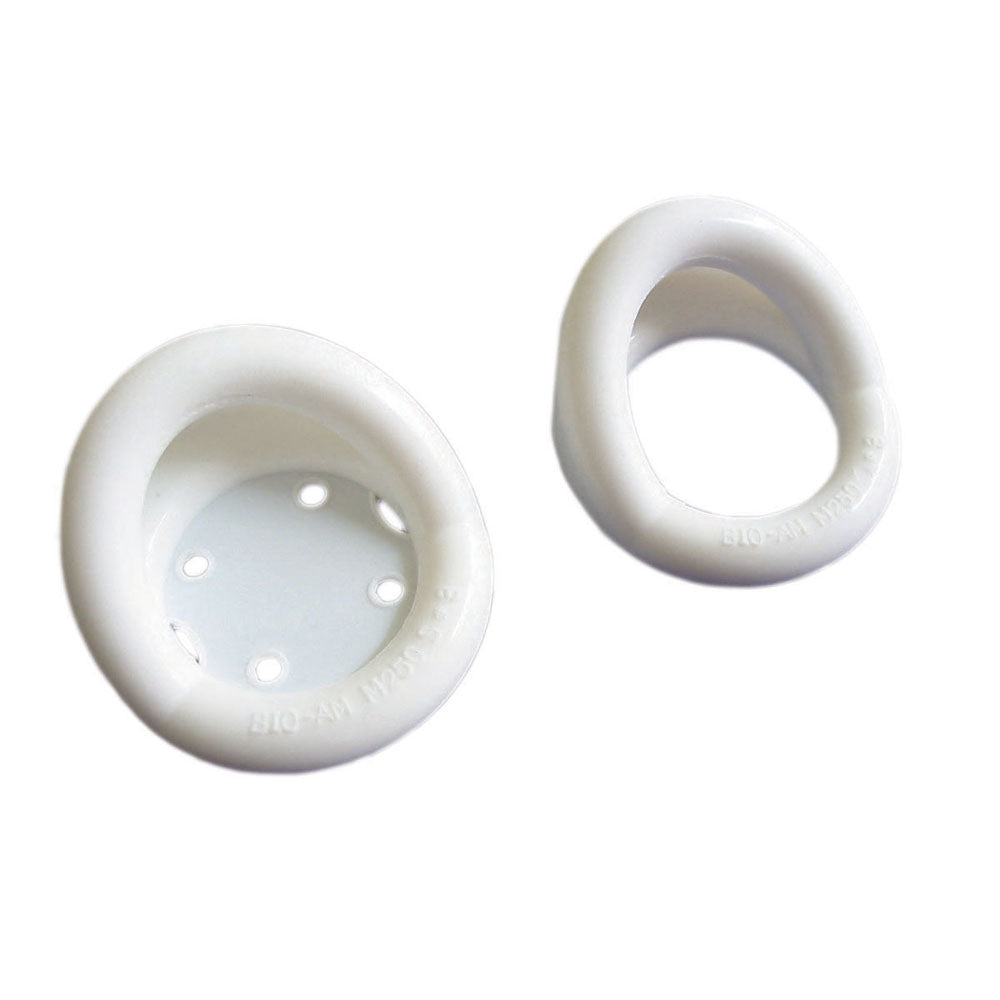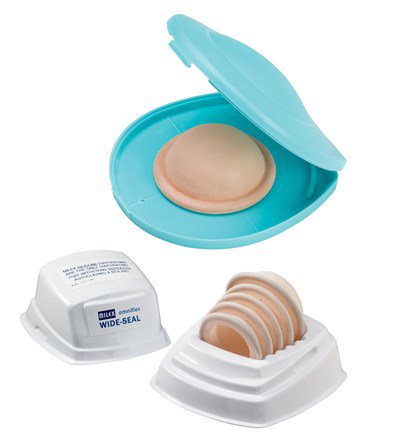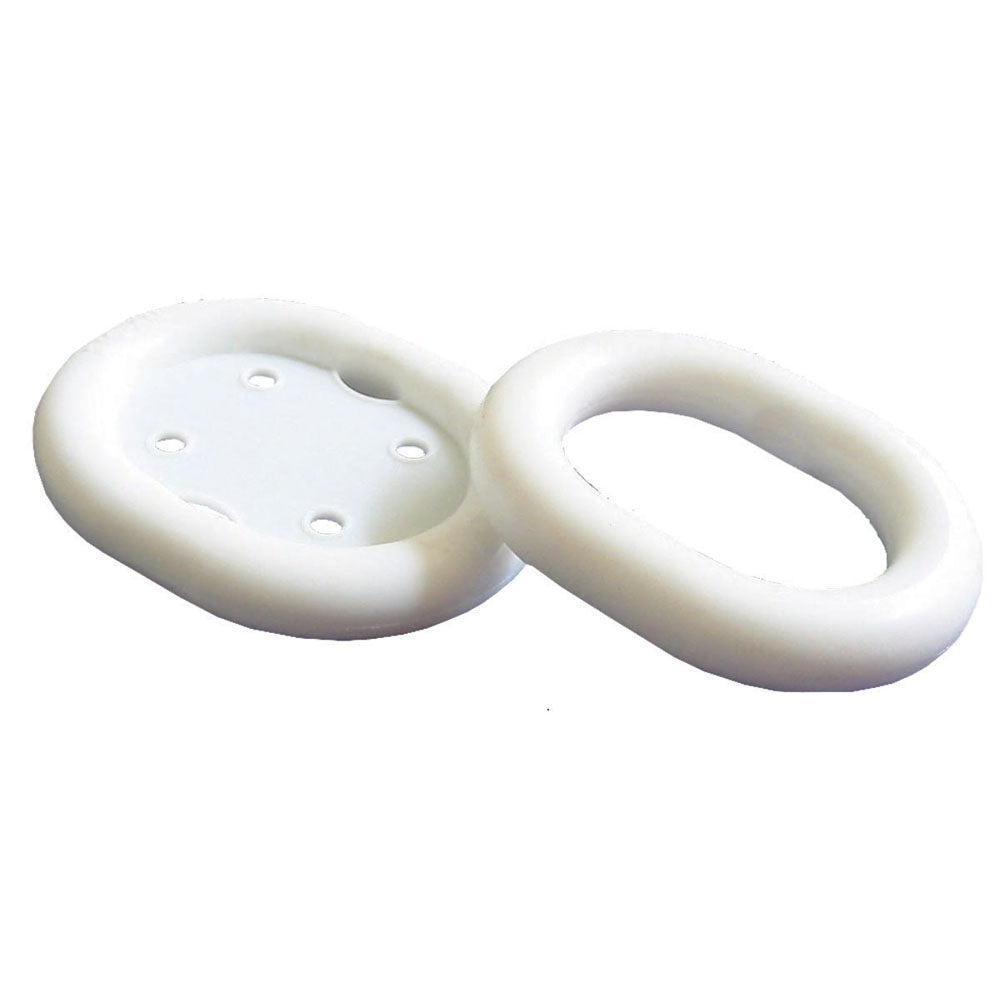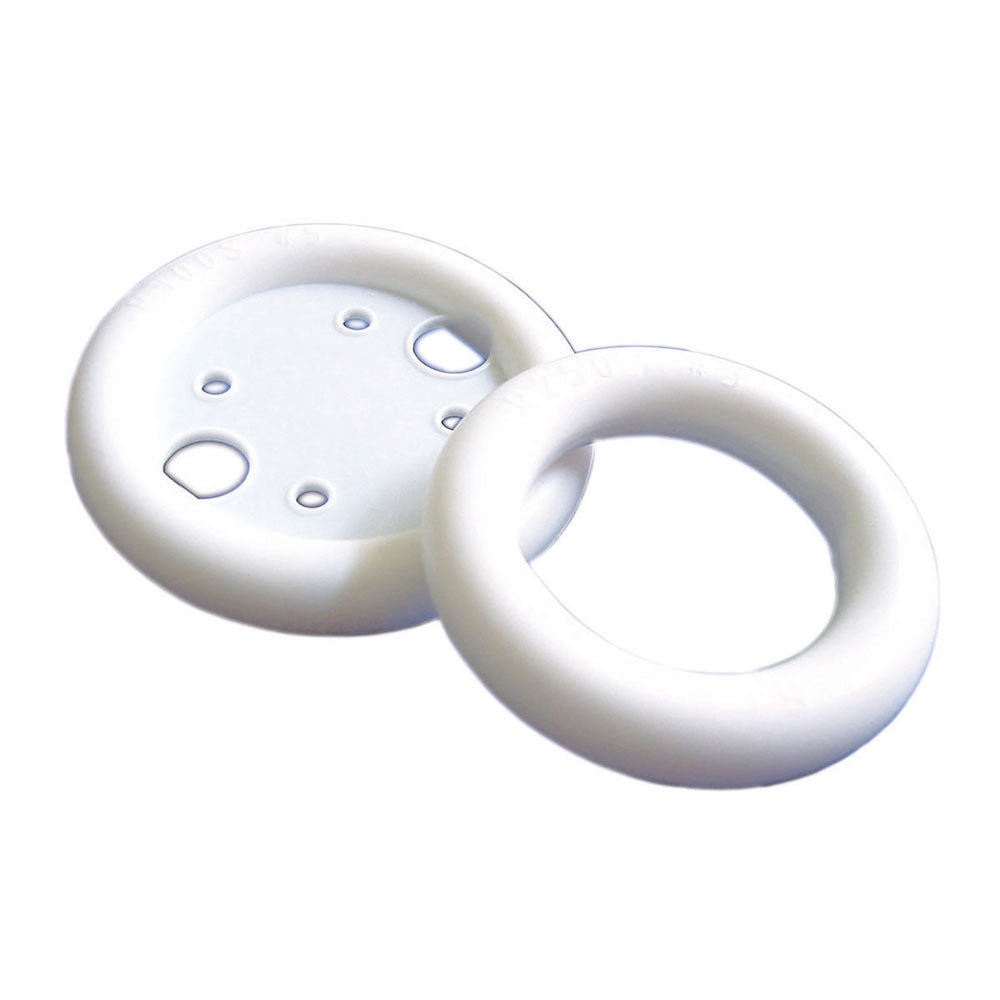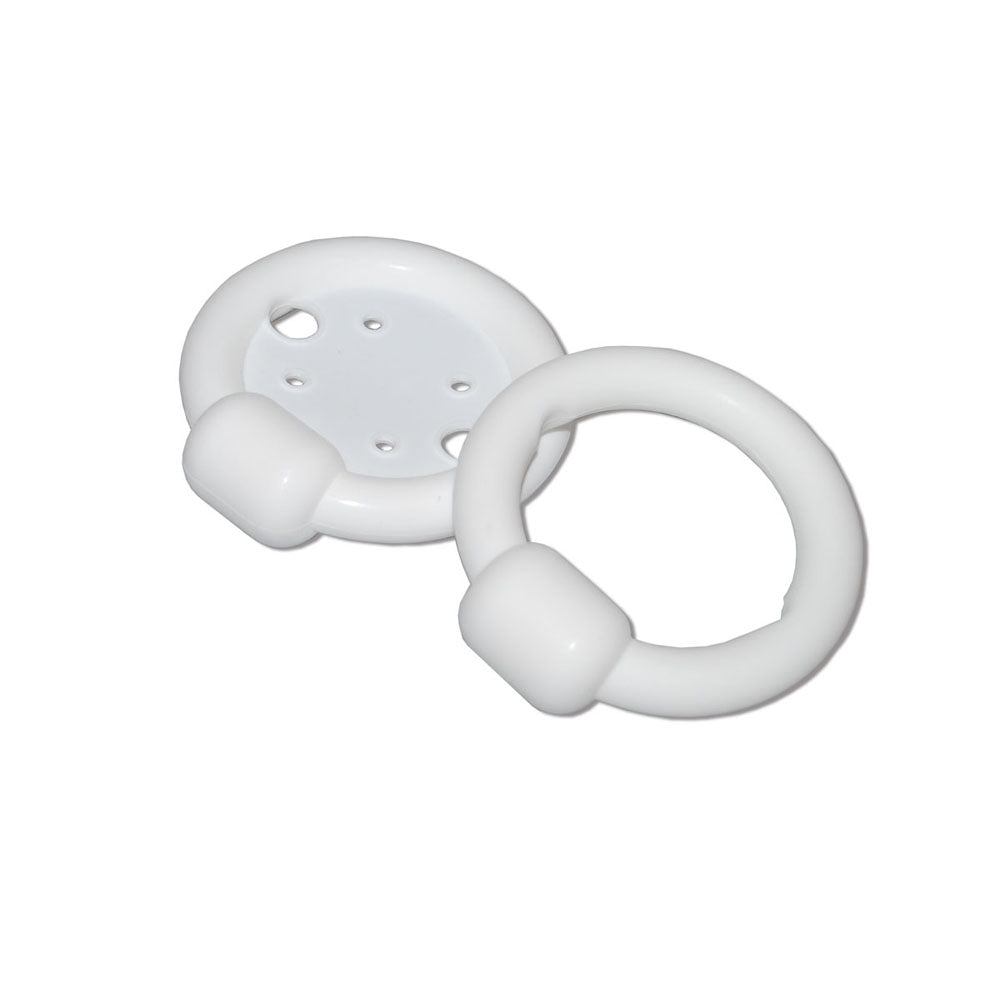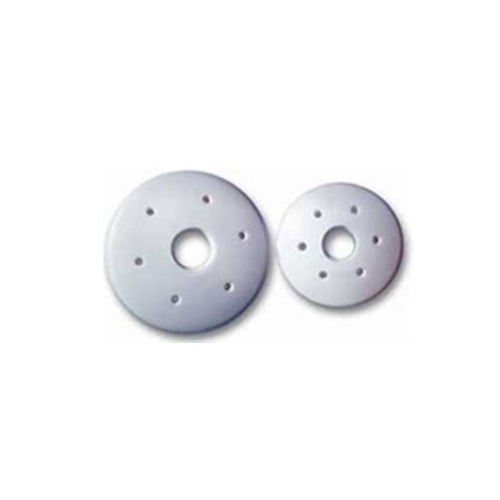Vaginal Pessary
A pessary is a medical device inserted into the vagina to support its structure and help manage various gynecological conditions. It is often used to treat pelvic organ prolapse (such as cystocele, rectocele, or uterine prolapse) and stress urinary incontinence. Pessaries come in various shapes and sizes, and they can be made of silicone, rubber, or plastic.
Here are some key points about pessaries
- Types: There are different types of pessaries, including ring pessaries, donut pessaries, Gellhorn pessaries, and cube pessaries. The choice of type depends on the specific condition being treated and the patient's anatomy.
- Usage: Pessaries are typically fitted by a healthcare provider who determines the appropriate size and type. Some women may be able to insert and remove their pessary on their own, while others may need regular check-ups with their healthcare provider for maintenance.
- Benefits: Pessaries can provide significant relief from symptoms associated with pelvic organ prolapse and urinary incontinence. They are a non-surgical option, making them a good choice for women who prefer to avoid surgery or are not good surgical candidates.
- Care: Proper care and cleaning of a pessary are essential to prevent infections and ensure it remains effective. Healthcare providers
- typically provide instructions on how to care for and clean the device.
- Potential Issues: Some women may experience discomfort, vaginal discharge, or irritation. In some cases, the pessary may need to be resized or replaced to ensure comfort and effectiveness.

